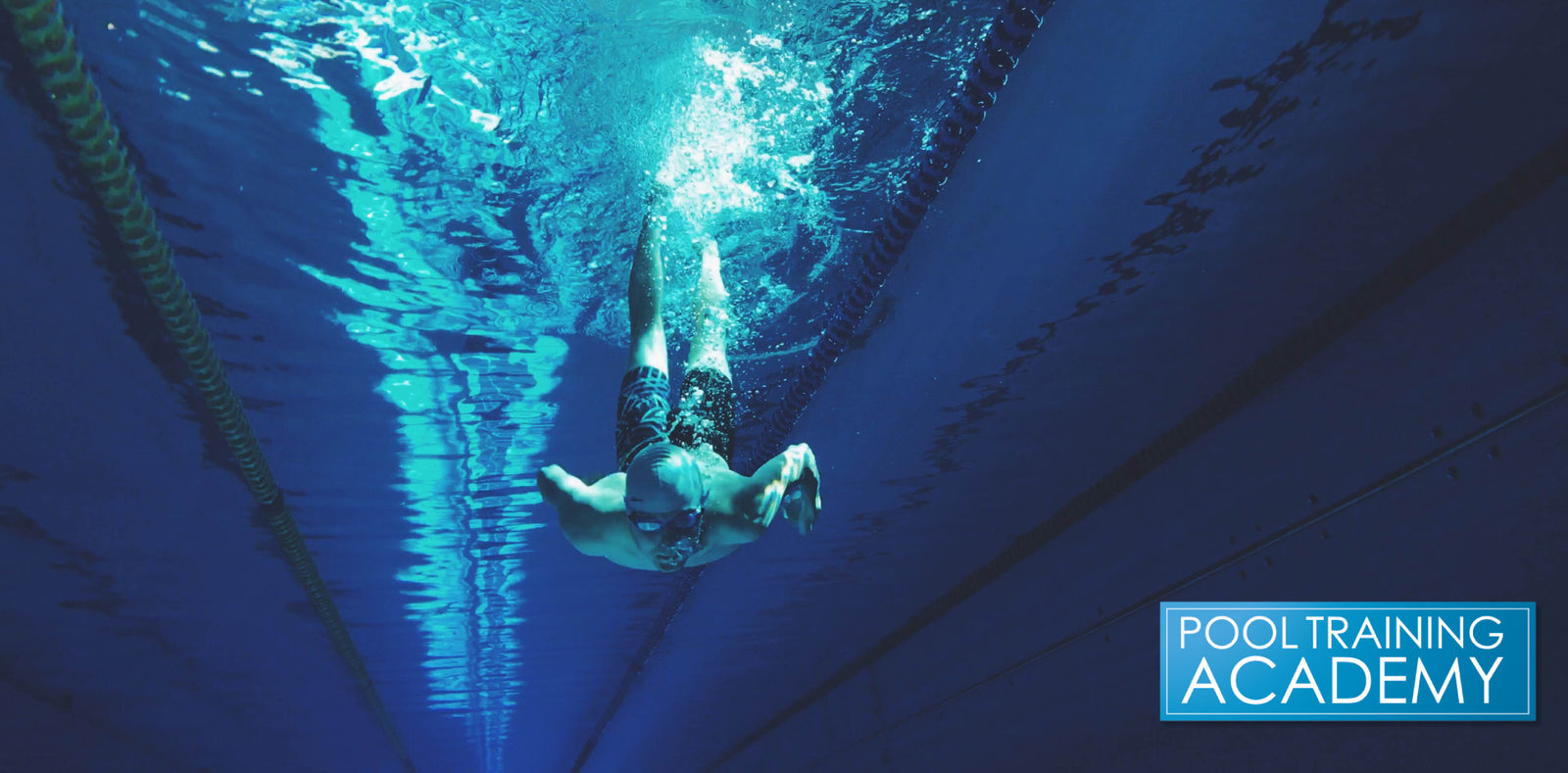
The Importance Of Flow Meters
The swimming pool or spa flow meter is one of the most overlooked but crucial elements inside the commercial pool operator's pump room. This little device will help you understand the overall health of your facility, and in most situations, it is required by your local health department. In this article we are going to explore the following aspects of the swimming pool flow meter:
- What is the swimming pool flow meter?
- What does the swimming pool flow meter do?
- What swimming pool flow meter options are there?
- Where should the swimming pool flow meter be located?
So, let's dive into it.
What It A Swimming Pool Flow Meter And What Does It Do?
First things first, the swimming pool flow meter is a device that measure the speed of your water flowing through your system. This device measures that speed in gallons per minute. Your swimming pool's flow needs to meet minimum requirements in order to stay within operating perimeters in the eyes of the health department. The way you calculate the minimum flow in your pool is as follows:
Pool Volume ÷ 6 ÷ 60 = Minimum Flow (gpm)
There are a couple of features to point out inside this equation. Let's explore those features.
- What does the "6" represent? That 6 represents the number of hours it should take for your water to perform a complete turnover. A turnover is explored more in depth in our turnover article, but, simply put, the turnover rate is the time it takes for your pool to push all the water through your filtration equipment 1 time. Most health departments have set a requirement that your pool's turnover occurs every 6 hours. Therefore, this "6" represents the time it takes for your swimming pool to turn over.
- Minimum Flow The minimum flow means that this is the slowest your water can move before it falls out of the 6 hour turnover requirement given to us by the health department.
Once you have performed this calculation at your facility, it is good to write it down or display it somewhere within your pump room so everyone can determine if the flow rate in your swimming pool is where it needs to be. You do this by reading the flow meter.
What Kinds Of Flow Meters Are There?
There are a few flow meters out there on the market. They are as follows.
- Analog
- Digital
- In-Line
Let's quickly explore these different flow meter options.
Analog Swimming Pool Flow Meters
The analog, or "old school" flow meter is a transparent plastic housing that stands up on one of the pipes in your pump room. Inside the housing is a metal float. Water flows through the main pipe and pressure from that water then shoots up into the transparent plastic flow meter housing. This method is the old school way of reading the system's flow simply because this method lacks the accuracy of the other flow meter options out there.
Digital Swimming Pool Flow Meters
Digital flow meters are often found inside a facility's automatic chemical controller. These flow meters are accurate and easy to read. They generally show the flow on the main screen of the controller box. It is also just a few presses of a button away on any controller out there equipped with a flow meter.
In-Line Swimming Pool Flow Meters
The in-line swimming pool flow meter provides excellent flow rate accuracy without the cost of installing a digital flow meter. The leading manufacturers are innovating these in-line flow meters so quickly that the prices are becoming more and more affordable year-after-year. This in-line flow meter is one of the leading brands and happens to be one of the more affordable ones available.
Where Should My Flow Meter be Located
The swimming pool flow meter should be installed after the heater (and preferably the sanitation feed system) in order to get the most accurate read. It needs to be installed here to get the most unbiased readings. There are components inside your pump room that will temporarily ramp up speeds or slow them down, so installing the flow meter away from these areas is crucial.
Also, keep in mind the old school analog flow meters also require 6' of straight piping in order to get accurate reads, making the analog flow meter a difficult choice for those operators with small pump room spaces.
How Do I Become A Pool Expert?
Operating a swimming pool is simply not simple. To safely operate and maintain an aquatic facility it truly does take more training than you can find on YouTube or read in an article like this. Thankfully you have options to help you become more knowledgeable about how to keep your swimmers safe. One of these options is taking a CPO Class with Pool Training Academy. Becoming CPO® Certified is one of the best ways to truly become a pool expert. And in many states this certification is required to operate a pool or spa. Pool Training Academy is the #1 CPO® Certification provider in the world and our classes are specially tailored to be fun, engaging, and most of all relevant to your needs.Click here to sign up for the next class in your area and learn everything you need to know to make your pool the best it can be.




Leave a comment (all fields required)